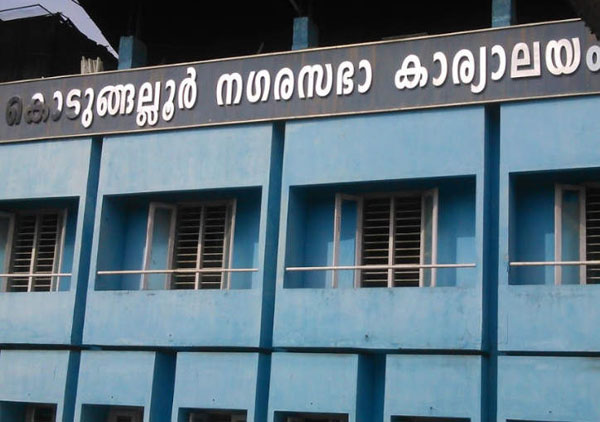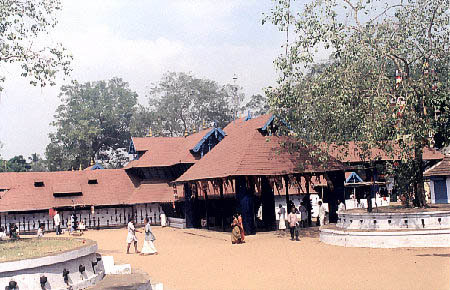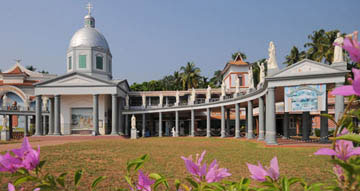
Kodungallur
The Municipal Corporation in Kodungallure, a town in Kerala has made it mandatory that every housing compound should have at least two trees. It is a pre-requisite to getting your house registered. According to the scheme, anybody who plans to build a house in the town should plant two trees like mango or jack fruit in the compound. Once the construction is completed, a team of officers examine the well-being of the tree and approve the registration only when the trees are taken care of properly. The rule is applicable for all the houses that are more than 1,500 square feet. Kodungallur is reportedly the very first municipal body to take such a step to ensure greenery in the town.
The small country town of Kodungallur is situated 35 kilometers south of Thrissur. Kodungallur situated on the west coast, was once a great port during the time of the Chera rulers of Tamil Nadu. It was known to the Greeks as Muziris and is a place immersed in rich history.
Kodungallur or Kodungalloor, surrounded by backwaters and the sea was also known as Cranganore and has an illustrious past, to tell. The ancient port here at Kodungallur was a busy port in the first century BC and was the gateway for various religious faiths like Christianity, Judaism, Islam and others. Cargo vessels from West Asia, Mediterranean and East Africa used to drop anchor at the Port of Muziris. St.Thomas, the apostle of Jesus Christ is believed to have set foot in Kerala through the Muziris port and so did the Islamic missionaries. It is here that India’s first church, St. Thomas Church and the first mosque, Cheraman Juma Masjid, are located.
Since the 15th century, the region began to come under the influence of foreign powers, starting with the Portuguese, followed by the Dutch and the British.
Today, Kodungallur and the surrounding regions have various representations from a past that eventually had a say in the socio-cultural and religious aspects of the region. Following are the some of the locations in Kodungallur that still bear symbols of a historic Kodungallur.
Cheraman Juma Masjid: This mosque located in Kodungallur follows the architectural style of Hindu temples. Built in 629 AD by Malik Bin Deenar, it is considered as the oldest mosque in India and the second oldest mosque in the world to offer Jumah prayers.
Kodungallur Bhagavati Temple: The Goddess Bhagawati temple at Kodungallur is very popular throughout Kerala. The temple is believed to have been constructed during the reign of Chera King – Cheran Senkuttuvan. Famous festival occasions here are the Bharani and Thalappoli festivals.

St.Thomas Church: St.Thomas, the apostle of Jesus Christ is believed to have landed in Kodungallur in 52 AD. The St.Thomas Church established by him here houses ancient relics.
Ruins of Kottappuram Fort:
This fort built by the Portuguese in 1523 A.D. is also known as Cranganore Fort. The Dutch took possession of it in 1661 and later it came under the control of Tipu Sultan. The Dutch wrested it back from Tipu Sultan, but the fort eventually came under the control of Tipu, who destroyed it in the following year. The remains of the fort show that the original fort wall was 18 feet in thickness. The ruin is also known as Tipu’s fort. The fort is about 2 km from the town of Kodungallur.

Thiruvanchikulam Mahadeva Temple:
One of the oldest Shiva temples in south India, the Thiruvanchikulam Mahadeva Temple is located in the Methala village, south of Kodungallur. The sixteen-pillared Namaskara Mandapam in front of the sanctum sanctum has the temple renovation year engraved as 1801.
 Growing more and more trees and cutting on pollution is the only way out to save our ecosystem.
Growing more and more trees and cutting on pollution is the only way out to save our ecosystem.
408 total views , 1 views today

